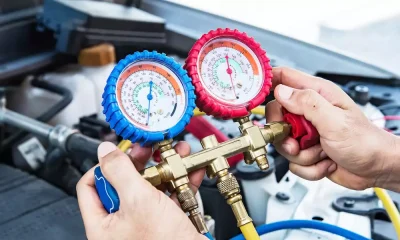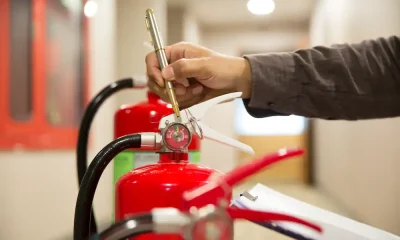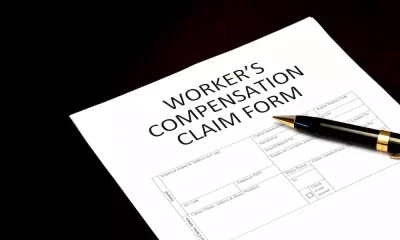Legal
4 Common Causes of Workplace Accidents

Each year, there are nearly 3 million job accidents. If you are a business owner, you know all too well how much work goes into keeping employees safe.
While you may have a variety of safeguards in place to prevent these incidents, in some cases, they are unavoidable.
What To Do
When these accidents occur, a business owner’s job is to ensure the injured employee is given the proper medical care.
While some may say the first action should be to report the accident to your boss, the first action should be to attend to the injured.
DRSABCD
Use DRSABCD (avoid danger, check for a response, seek help by calling emergency services, check the airways, and do CPR if needed. If there is a defibrillator, use it to save the person’s life.
After checking there is no danger in approaching the injured, check for their response, and then if they are unresponsive, contact emergency services.
Report
At this time, you will also want to report your workplace injury to your employer or supervisor. This ensures that you or the injured receive the necessary medical attention and protects legal rights to workers’ compensation benefits.
Even if the injury seems minor, it’s essential to get it checked out by a healthcare professional.
Delaying medical treatment could worsen the injury and prolong your recovery time.
Failure to report the injury promptly could result in a denial of benefits or a reduction in your compensation.
Be sure to provide as much detail as possible about the injury and how it occurred. Plus, if you are the one that was injured, be sure to follow your doctor’s instructions for treatment and attend all follow-up appointments.
Read below to learn about some of the most common causes of workplace accidents and how you, as a business owner, can help prevent them.
1. Taking Shortcuts is Never a Good Thing
The longer an employee works the same job, the higher they will take them taking shortcuts. Most workers just want to get their job done, which can lead to injury if they are not careful. If your employees work around dangerous equipment, their shortcuts can lead to severe injuries.
As an employer, the best thing you can do to prevent these types of accidents is to perform regular performance reviews. During these reviews, you need to observe employees working. Doing this will allow you to see if any issues need to be addressed regarding dangerous shortcuts.
2. Overconfidence Causes several Accidents
While confidence is a great thing, you need to ensure employees aren’t overconfident. Typically, an employee that is overconfident about their abilities will make mistakes that can lead to injuries. Abiding by the “it will never happen to me” philosophy has led to several on-the-job accidents.
If a person feels as if they have been injured on the job through no fault of their own, they may want to contact a lawyer to determine their rights.
3. Lack of Maintenance
If the equipment your employees work with daily is not maintained correctly, it is only a matter of time before disaster strikes. Items like forklifts and even overhead cranes require much maintenance to stay functional and safe.
You could be sued if an employee is injured on a piece of equipment that has not been adequately maintained. The best way to ensure the equipment in your business is born is by delegating this work to trusted employees. Going in and checking behind these employees occasionally can help you see if the work is done correctly.
4. Ignoring Safety Procedures
Providing your team with ongoing safety training is something you should view as a priority. It can be disastrous if a team member ignores the training they have been provided. When working around dangerous equipment, employees must keep their heads on a swivel.
Forgetting about the dangers that specific equipment poses is a recipe for disaster. Continually reviewing how important wearing the proper safety equipment will help reduce these accidents.
Having routine inspections performed of your workspace can help you identify safety hazards. Working to address these hazards in a timely and efficient manner is essential to the safety of your employees.






